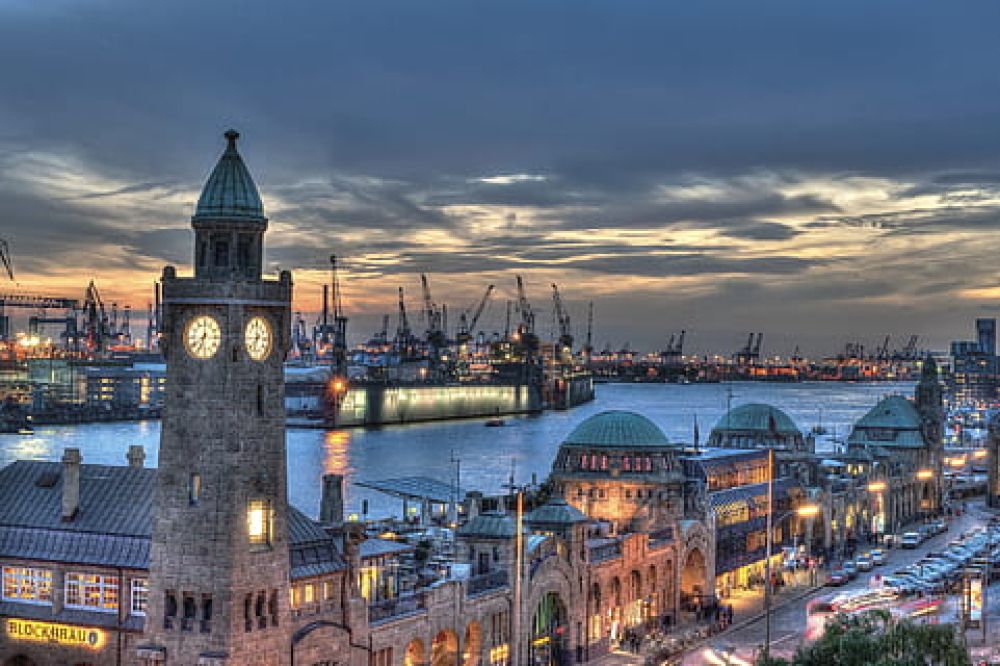

The beautiful city of Hamburg, Germany, has a long and rich history dating back to its founding in the 9th century. However, the modern era of tourism in Hamburg truly began to flourish in the 19th century. It was during this time that the city started to gain recognition as a significant international port and, consequently, as a fascinating destination for travelers.
The Port of Hamburg, known as the 'Gateway to the World', is one of the largest and busiest ports in Europe. Its role as a central hub for trade and transportation since 1189 has made it an enticing area for visitors interested in maritime history and commerce.
Over the years, the Port of Hamburg has evolved into an essential cultural and tourist attraction. The Speicherstadt and Kontorhaus District with Chilehaus became a UNESCO World Heritage Site in 2015, cementing its significance and drawing tourists from all over the world.
The Landungsbrücken is a prominent pier in the Port of Hamburg that serves as a central point for visitors and locals alike. Originating from the floating dock established in 1839, the Landungsbrücken was built between 1907 and 1909. It has since become an emblematic area where people gather to observe the hustle and bustle of the port, embark on harbor tours or visit nearby attractions like the Old Elbe Tunnel.
In recent years, Hamburg has witnessed several tourism trends that align with changing traveler preferences and the global tourism landscape.
Hamburg's tourism history is deeply intertwined with the Port of Hamburg and the Landungsbrücken, which continue to serve as central drawcards for the city. Their combination of historical importance, cultural vitality, and evolving tourism trends ensures that Hamburg remains a dynamic and appealing destination for travelers from across the globe.